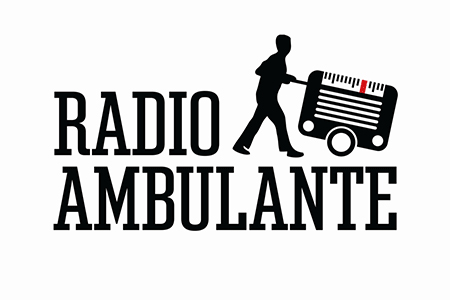
Radio Ambulante was founded in 2011 by Daniel Alarcon and Carolina Guerrero
Radio Ambulante is a Spanish-language podcast that captures and relates uniquely Latin American stories. I have been in touch with the founders, Daniel Alarcon and Carolina Guerrero, since 2011. When I met them, I decided immediately that I wanted to work with them and join their team. After the podcast and team had grown enough to offer the opportunity, I was invited to join their team as Director of UX in January 2015.
Radio Ambulante is a groundbreaking Spanish language podcast that uses long form audio journalism to tell neglected and under-reported Latin American and Latino stories. We showcase voices from everywhere Spanish is spoken, including the United States, built from a deep understanding of the diversity and complexity of the region. In four seasons, Radio Ambulante has produced stories from twenty countries, covering human trafficking in Mexico, investigating shamanism in Colombia, looking at tragic repercussions of reality television in Peru. In addition, Radio Ambulante has partnered with English language media outlets in the US, including the New York Times Magazine, This American Life, and Radiolab, to bring a more nuanced vision of Latin America to a US audience. In 2014, the project was awarded a Gabriel Garcia Marquez Award for Innovation in Journalism.
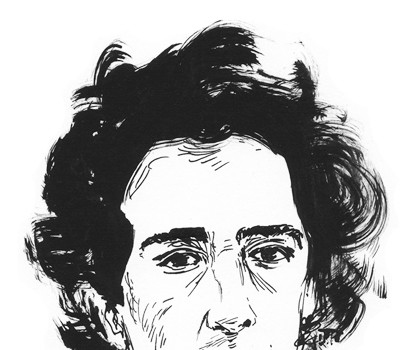
Radio Ambulante has a rapidly growing audience of listeners. The team is continuously looking for ways to learn more about who they are and how to better serve them. This knowledge is key to delivering the best possible podcast episodes via web and mobile user experiences, growing the audience, and gaining new and maintaining current sponsors.
My work at Radio Ambulante was quite simple in principle.
• My first objective was to identify and understand the important characteristics of our audience.
• My second objective was to use this knowledge to improve the user experience of this audience.
• My third objective was to improve the methods we use to reach out to new listeners that have similar unmet needs to our existing audience members.
At Radio Ambulante, my research and design process was the following:
1. Define the goals and plan resources . This is the step where we collected available information to make key decisions along the way. We also applied the jobs-to-be-done framework to the Radio Ambulante production team. We knew they had tasks to accomplish to make a great podcast for their audience, and an important part of our project would be making their job easier.
2. Execute the job After learning about the Radio Ambulante team's priorities and the audience users needs we agreed on a route and the stops along the way.
3. Make alterations to improve execution. In this step we decided to perform some user testing and validation check. We wanted to make sure the work we had been doing was making a difference, and solving the problems we attempted to define in our research
4. Verify you are ready to perform the job. We were now ready to re-launch the website and open it to the community to use and respond to. As feedback rolled in and as we analyzed usage data, we executed many small projects to help specific users accomplish jobs on our site.
5. Conclude the job. After researching our listeners, designing a new website, and launching new tools for specific audiences, we were ready to empower the Radio Ambulante team with all the knowledge and data we used to improve the listener experience. We implemented better communications and data software to help them continue growing.
I worked with Design Technologist David Robert Leonard to implement improvements to the design and user experience for the Radio Ambulante listeners. We followed the Lean methodology by making sure we prototyped the minimum set of features. We also followed the principles of User-Centered Design, ensuring that we find out what needs and desires drove the audience before trying to force a solution.
The first step we took was to gain an understanding of the important characteristics of the Radio Ambulante podcast’s audience. We were able to analyze an audience survey and use Google Analytics data which had been captured for previous two years. Using these signals, we were able to gain a picture that reflected the current state of the audience.
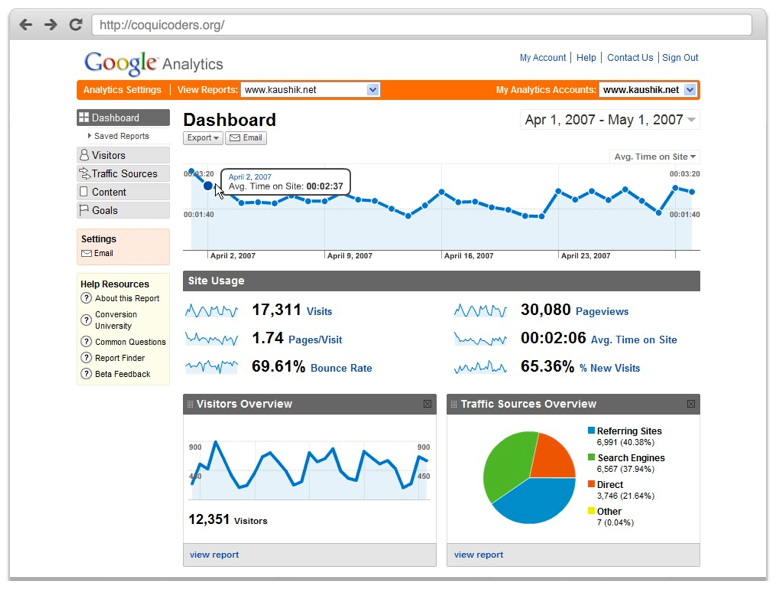
We used Google Analytics data and an online audience survey to better understand our audience
Facts about the Radio Ambulante podcast audience:
• 60% of listening happened on the RadioAmbulante.org website
• The website bounce rate hovered around 60%
• The website took 11 seconds to load
• Average session time was 2 minutes
• People listened to one episode per session
• Many Spanish-speaking journalists were interested in learning about podcast production from Radio Ambulante
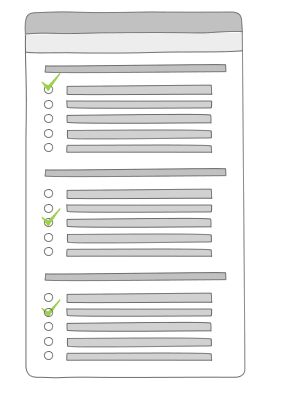
• Students are using the podcast to supplement language study
• Teachers are using the podcast in the classroom
• Our primary audience lives in the US
• The fastest growing audience segment is accessing the podcast via the mobile web on smartphones
The next step was to use this knowledge to make changes to the design of the user experience and interaction touch points.
We started with a mobile-first redesign to better support the growing use of mobile smartphones. During this redesign, we optimized the website to load quickly, reducing the average load time from 11 seconds to 3 seconds and removed features that were not being used. Read more about the website redesign in page 38 of the report.
Next, we initiated deeper research into the use of the podcast by students and teachers. As a team we see a great opportunity to grow the podcast’s audience among this cohort of listeners. Our hypothesis is that the way to accomplish this growth is to improve the particular user experience of the podcast that students and teachers have. To this end, we have interviewed twelve teachers using Radio Ambulante in the classroom to learn about their practices. We also recruited eight of these teachers to work with us on a regular basis. Together with this team, we have begun producing special resources that target teachers and students. Learn more about Radio Ambulante in the classroom . We also made changes to the RadioAmbulante.org website. One such change is a new section of the site which help them find episodes most suited to their needs by search and filtering. Read more about this tool in page 69.
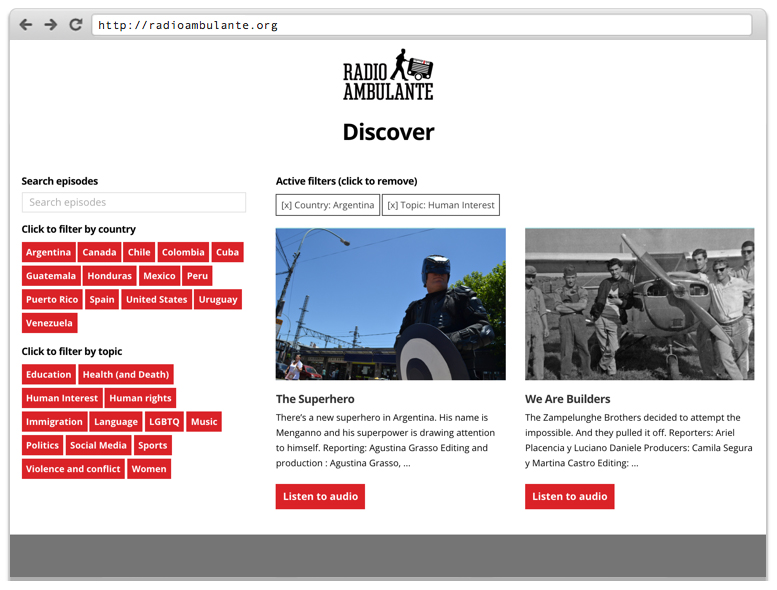
We added a special section to the website named “Discover” to help students and teachers find episodes that suit their needs
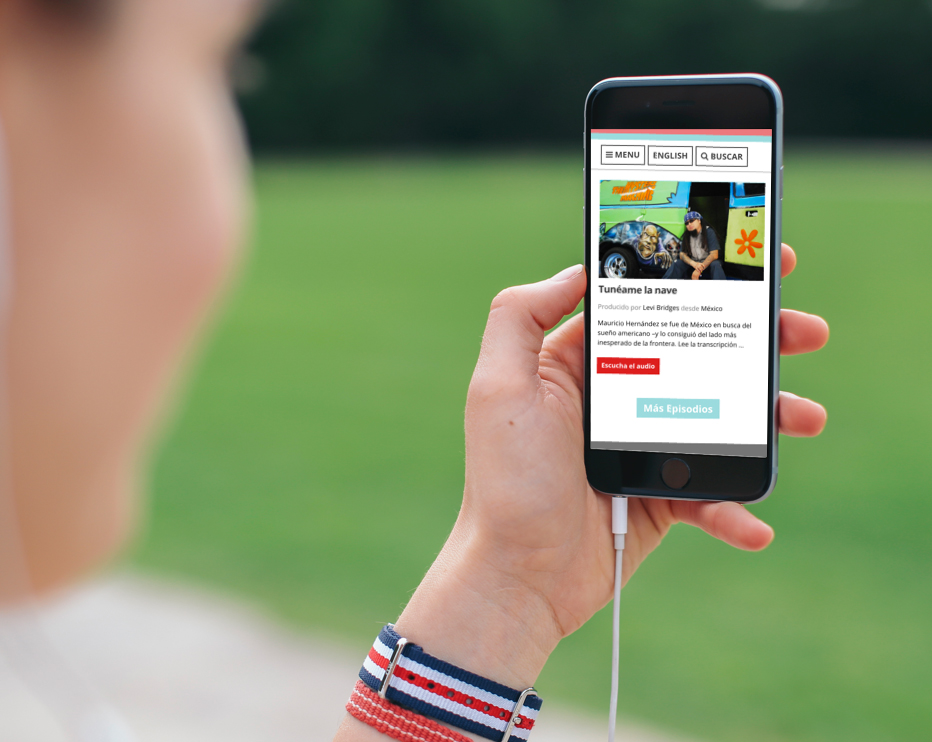
We redesigned for mobile first because of the explosive growth and opportunity to better support our listeners on the mobile platform
• Average page load time went from 11.64 seconds to 3 seconds
• Bounce rate went from 60% to 38%
• We introduced a simple look & feel with few distractions
• New social media display links helped increase Facebook fans by 21% and Twitter followers by 48%
• New donation page helped us receive 90 new donations
• New link to iTunes helped us receive 80 new listener reviews
• The new design helped us increase newsletter subscriptions from 1,700 to 2,854 subscriptions
• Through a special campaign we captured 1,570 signups for “La Escuela de Radio Ambulante” podcast training course
• We created a dashboard to answer three main question: Where are our users coming from? How are they engaging with our content? Are we growing our audience?

This dashboard helps the team better understand the Radio Ambulante podcast audience in order to improve decisions on content, design of the website, press relations, and partnerships

David Robert Leonard and I documented the process and created an online book.
Your Shot - National Geographic
Jobs-to-be-done
JSK -Stanford
Research & UX Design